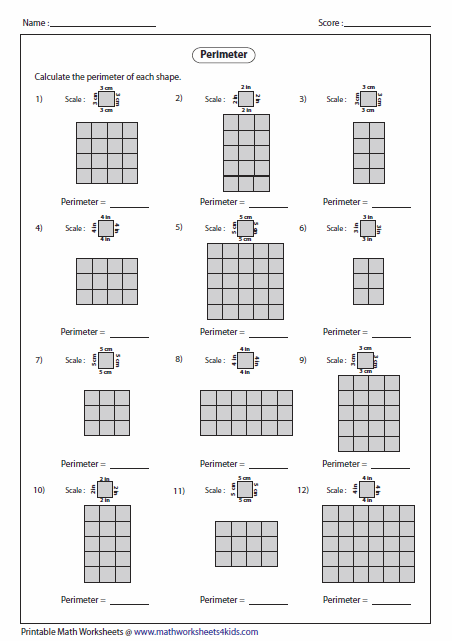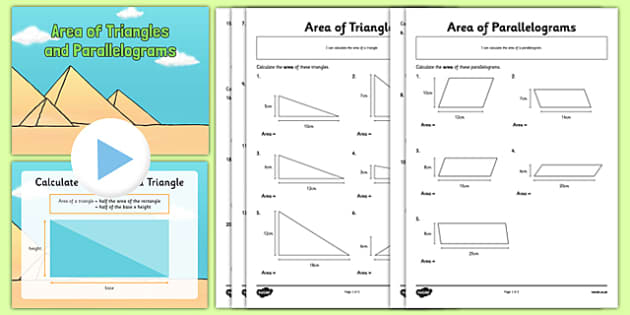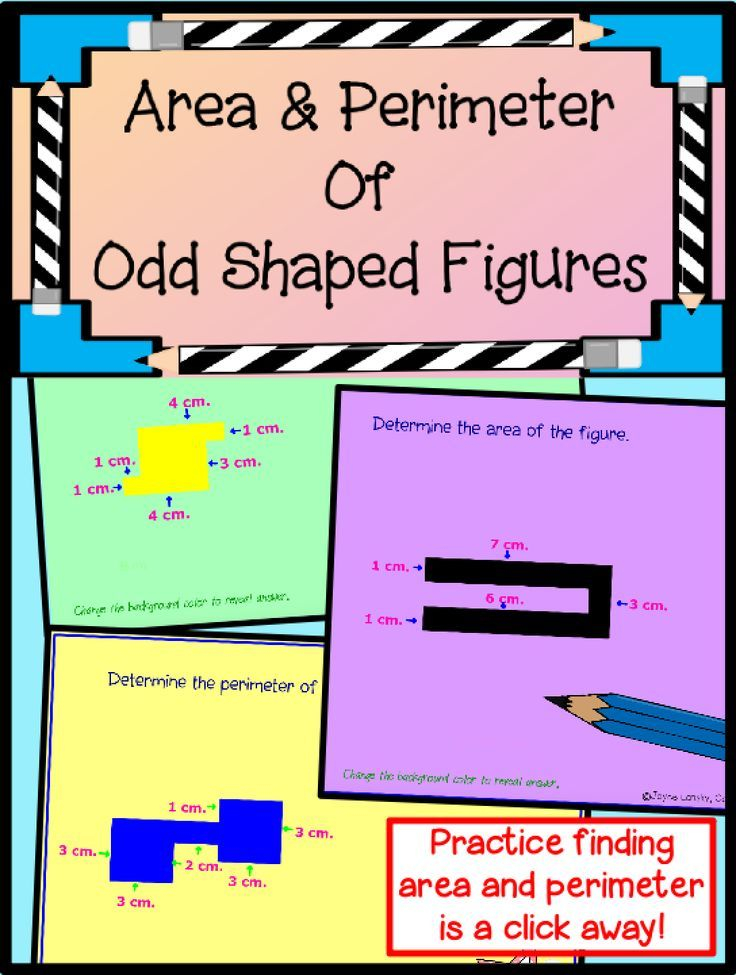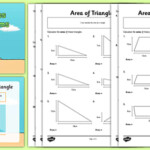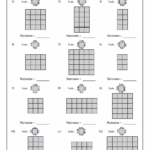Area Of Squares Rectangles Parallelograms Trapeziods And Triangles Worksheets – Triangles are among the fundamental shapes in geometry. Understanding the concept of triangles is essential for developing more advanced geometric ideas. In this blog We will review the various kinds of triangles including triangle angles and the methods to determine the perimeter and area of a triangle and will provide examples of each.
Types of Triangles
There are three types of triangulars: Equilateral, isosceles, and scalene.
- Equilateral triangles have three equally sides and three angles of 60 degrees.
- Isosceles triangles have two equal sides , as well as two angles.
- Scalene triangles have three sides, and three different angles.
Examples of each type of triangle will be provided.
Triangle Angles
There are three angles in a triangle: acute, right, and obtuse.
- Acute angles are those with less than 90 degrees.
- Right angles are precisely 90 degrees.
- Obtuse angles are more than 90 degrees.
Illustrations of each angle will be provided.
Perimeter of Triangles
The perimeter of one of the triangles is simply the sum from the widths and lengths on its edges. To calculate how much you can measure the length of the triangle, you multiply the lengths of its three sides. The formula to calculate the perimeter of triangular shapes is:
Perimeter = Side A + Side B + Side C
A few examples of how to calculate the perimeter of the triangle will also be discussed with different kinds of triangles.
Area of Triangles
The the area of a a triangle represents what is the amount of space in the triangle. To determine the area of a triangle you’ll need to know both what the size of your base and the height of the triangle. The formula for the surface of triangles is:
Area = (Base x Height) / 2
Examples of how to calculate the area of an individual triangle will be demonstrated by using various kinds of triangles.
Conclusion
Understanding the concept of triangles is an important part of learning geometric. Knowing the different kinds of triangles, triangle angles, and knowing how to calculate the perimeter and area of a triangle can help you tackle more difficult geometric issues. By using our comprehensive triangular worksheets, you’ll be able to increase your understanding of these fundamental concepts and help you take your geometry knowledge to the next level.
